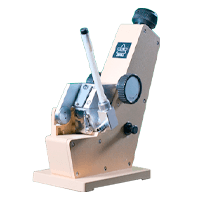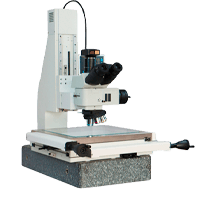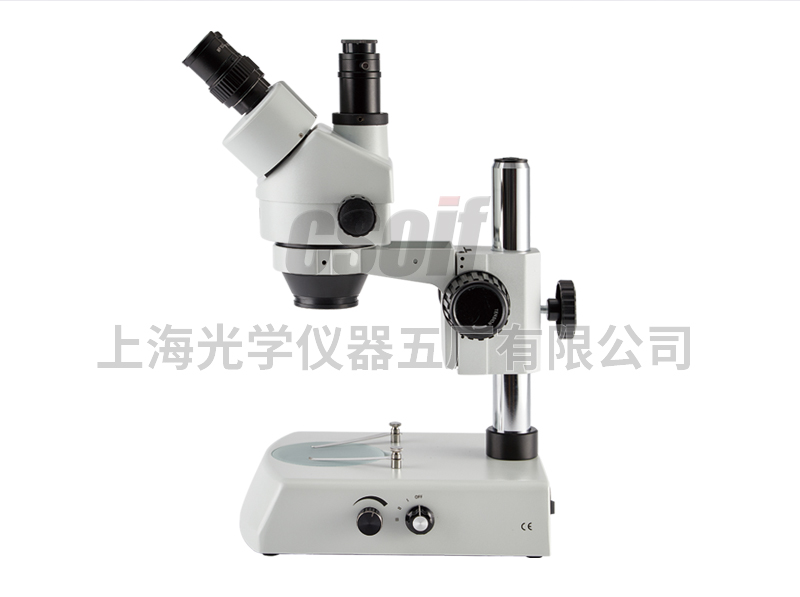use:
Stereo microscope is a microscope with stereo vision, also known as solid microscope or stereo microscope, which is widely used in medical, electronic, precision machinery industries and teaching and scientific research units.
XTZ series zoom stereo microscope is a multifunctional zoom stereo microscope with high resolution, wide field of view and long working distance.
Features:
1. Clear and upright images with strong stereoscopic effect.
2. Continuous zoom, that is, you can set the appropriate magnification at will with only one focus adjustment.
3. The eyepiece tube can be rotated 360° and can be set at any position, suitable for various occasions.
4. It can be connected with video camera or conventional and digital camera system (optional).
Specification:
| eyepiece | The standard configuration | Auxiliary objective lens 0.5X | Auxiliary objective 1.5X | Auxiliary objective 2X | ||||
| Working distance 100mm | Working distance 165mm | Working distance 45mm | Working distance 30mm | |||||
| Magnification | Field of view | Magnification | Field of view | Magnification | Field of view | Magnification | Field of view | |
| 10X/20mm | 7X | 28.6mm | 3.5X | 57.1mm | 10.5X | 19mm | 14X | 14.3mm |
| 45X | 4.4mm | 22.5X | 8.9mm | 67.5X | 3mm | 90X | 2.2mm | |
| 15X/15mm | 10.5X | 21.1mm | 5.25X | 42.8mm | 15.75X | 14.3mm | 21X | 10.7mm |
| 67.5X | 3.3mm | 33.75X | 6.7mm | 101.25X | 2.2mm | 135X | 1.7mm | |
| 20X/10mm | 14X | 14.3mm | 7X | 28.6mm | 21X | 9.5mm | 28X | 7.1mm |
| 90X | 2.2mm | 45X | 4.4mm | 135X | 1.5mm | 180X | 1.1mm | |
| 25X/9mm | 17.5X | 12.9mm | 8.85X | 25.4mm | 26.2X | 8.6mm | 35X | 6.4mm |
| 112.5X | 2.0mm | 56.3X | 4.0mm | 168.8X | 1.3mm | 225X | 1.0mm | |
| 30X/8mm | 21X | 11.4mm | 10.5X | 22.9mm | 31.5X | 7.6mm | 42X | 5.7mm |
| 135X | 1.8mm | 67.5X | 3.6mm | 202.5X | 1.2mm | 270X | 0.9mm | |
| gain | Standard configuration: 7X-45X, optional eyepiece and auxiliary objective can be extended to 3.5X-270X, continuous zoom | |||||||
| eyepiece | Standard configuration: 10X/20mm, large field of view, wide angle, high eye point, convenient for observers wearing glasses | |||||||
| Optional eyepiece | 10X/20mm,15X/15mm,20X/10mm,25X/9mm,30X/8mm | |||||||
| observation head | 45° tilt, 360° rotation, interpupillary distance 54-76mm; bilateral diopter adjustment (±5) | |||||||
| Hinged trinocular, split ratio 0%/100%, 20%/80%, 50%/50% | ||||||||
| objective lens | 0.7X-4.5X continuous zoom, objective lens zoom ratio 6.4:1 to ensure image plane parfocality | |||||||
| Auxiliary objective | Optional 0.3X, 0.5X, 0.7X, 0.75X, 1.5X, 2X | |||||||
| Focus bracket | Adjustable handwheel tension, lifting range 50mm | |||||||
| base | Column type transmissive base, other bases are optional | |||||||
| illumination | Equipped with transmitted light source 12v15w halogen lamp, optional 5V3W upper and lower single LED lighting or 7W fluorescent lamp | |||||||
| Trinocular interface | Can be connected to industrial cameras, CCD | |||||||
How to use:
The stereoscopic imaging that can be obtained by the stereo microscope is produced by the aberration formed on the retina of the human eye from different angles of the objective lens to the observed object. Stereo microscopes have dual objective lenses tilted at 45º, and an upright stereoscopic image is observed through the binocular tube.
The diopter adjustment circle on the right eyepiece tube, if the observer’s binocular diopter is different, you can first adjust the focus with the left eye as the standard to make the image of the left eye clear. Then rotate the right diopter adjustment ring until the image of the right eye is clear. Thereby, a stereoscopic imaging of two images in one is obtained.
Adjust the included angle of the binocular tube to suit the distance between the observer’s eyes.
Rotate the zoom handwheel on both sides to select the total magnification of the microscope without changing the working distance: total magnification = eyepiece magnification & times; the scale reading of the zoom handwheel × objective magnification (usually 1×).
Move the dimming handwheel to select the desired illuminance.



































